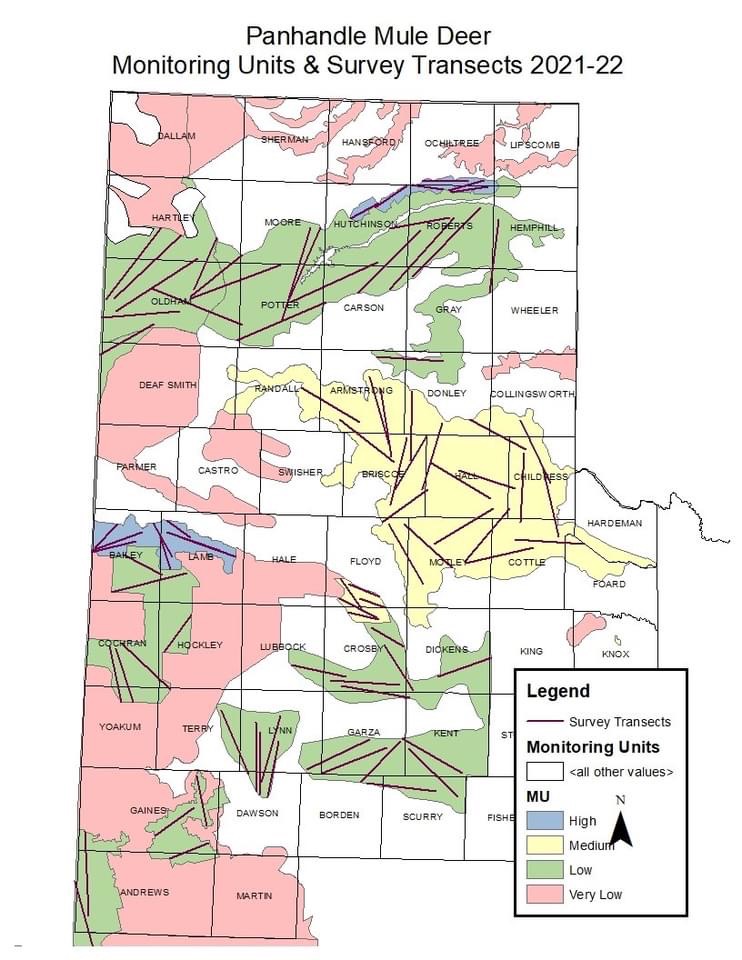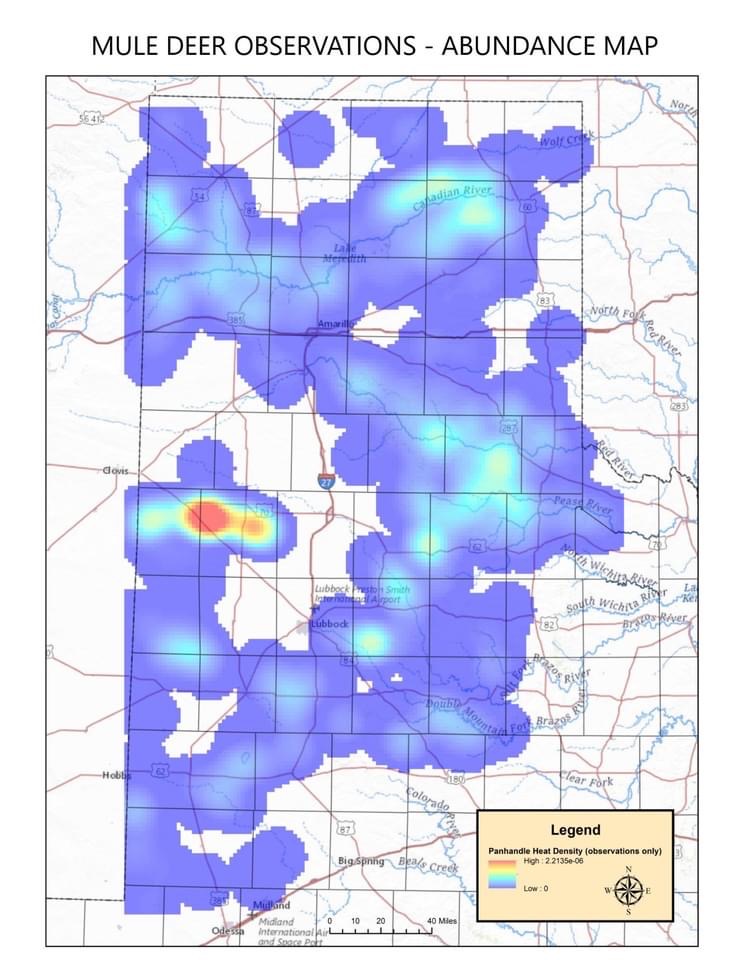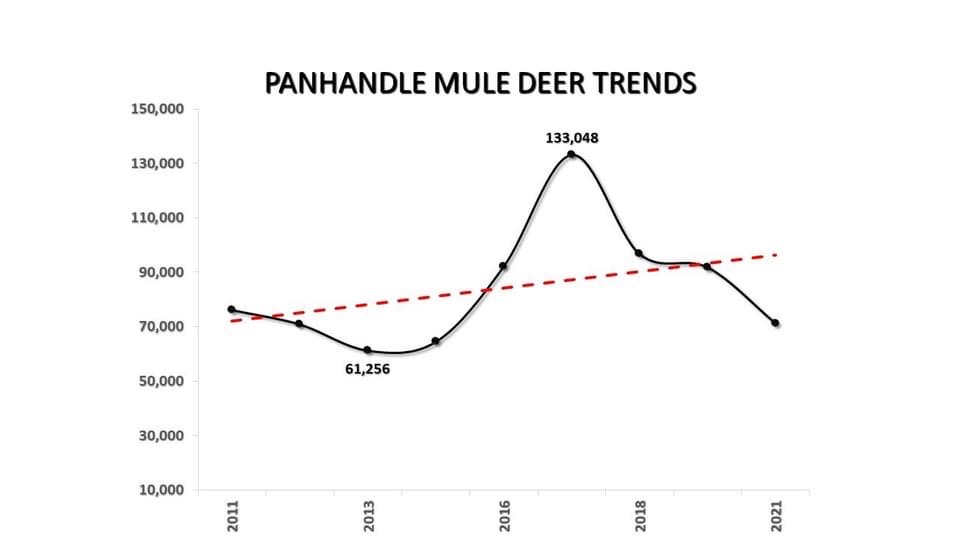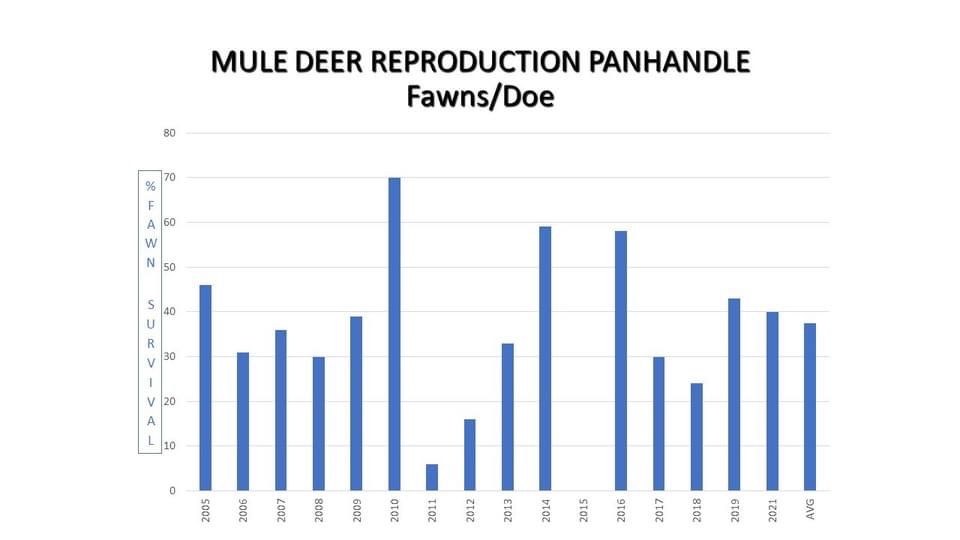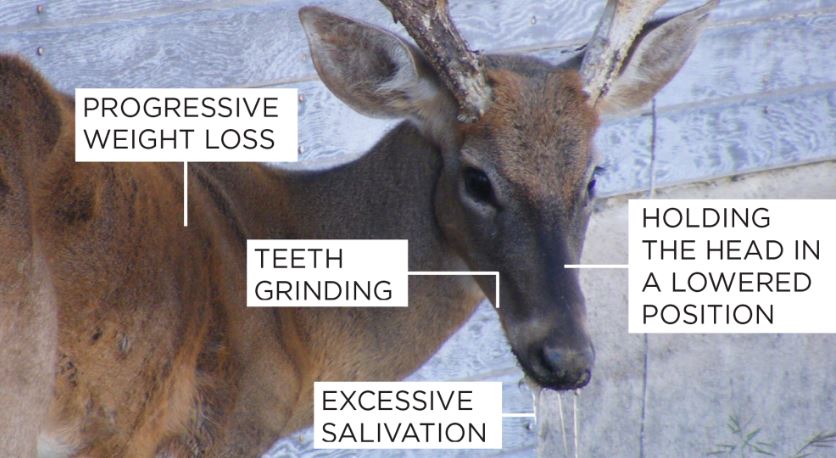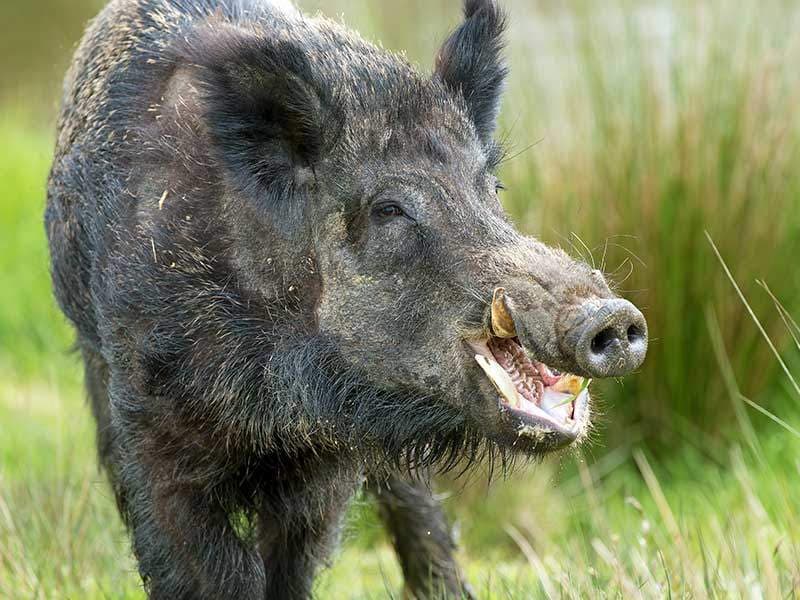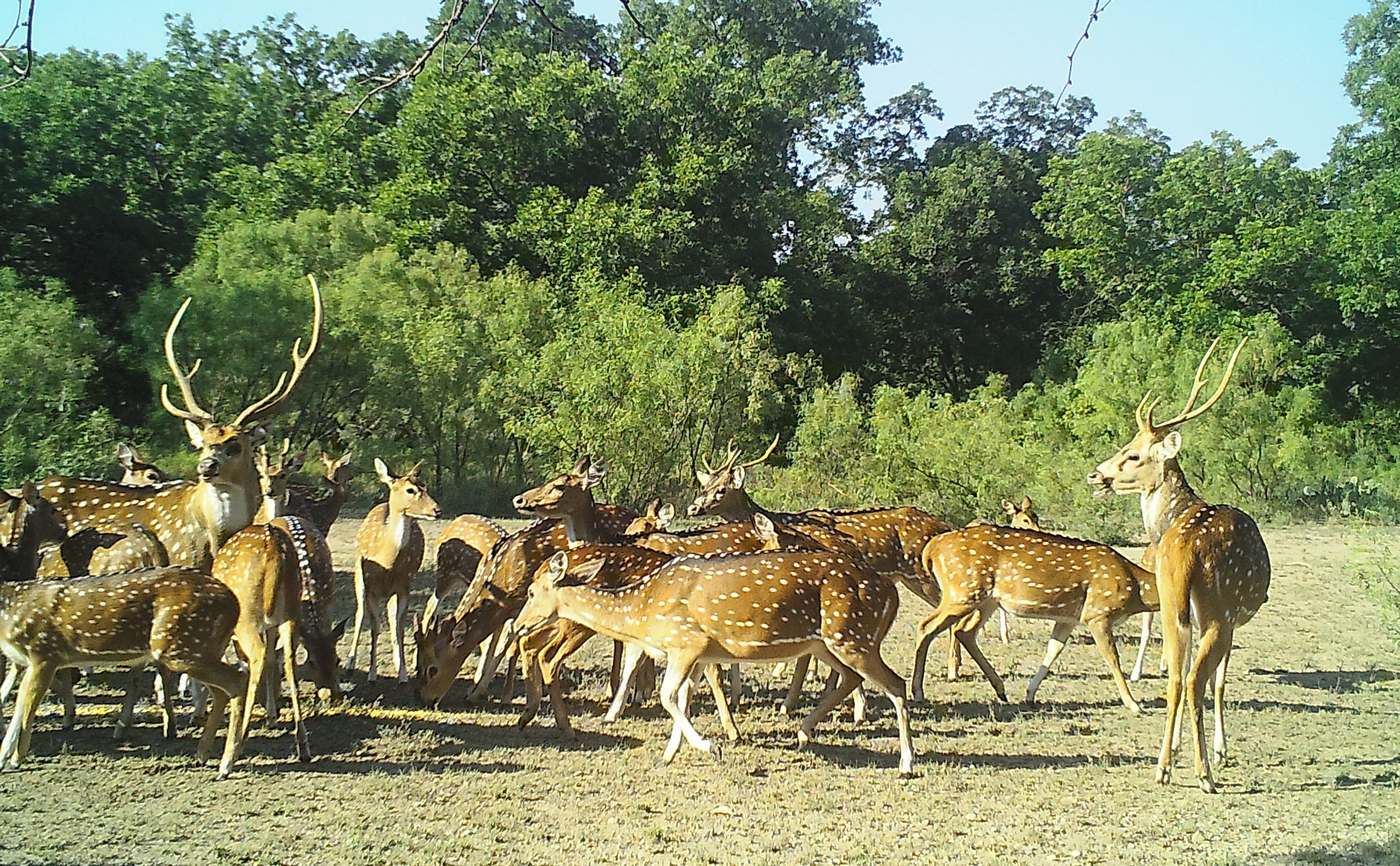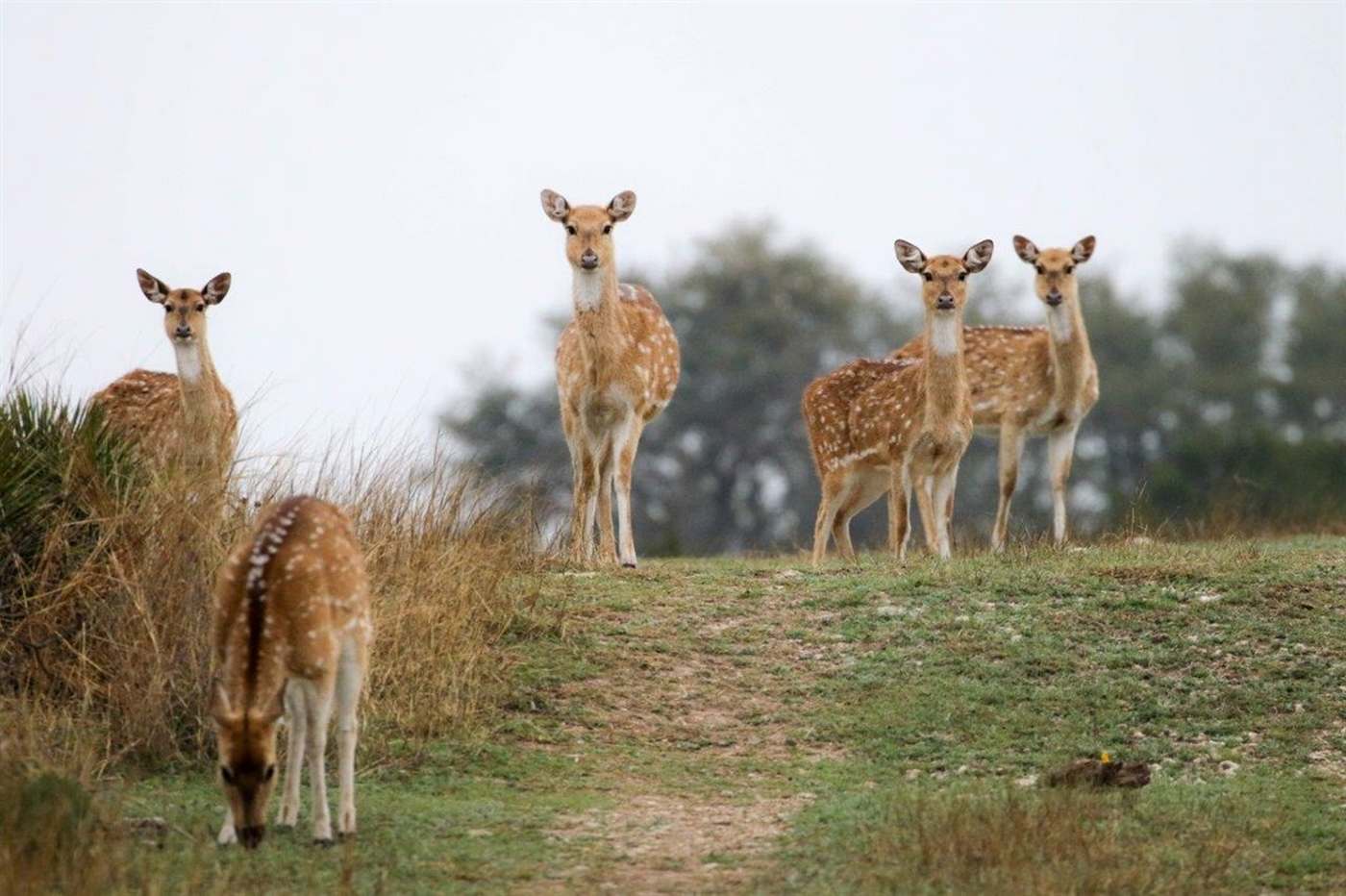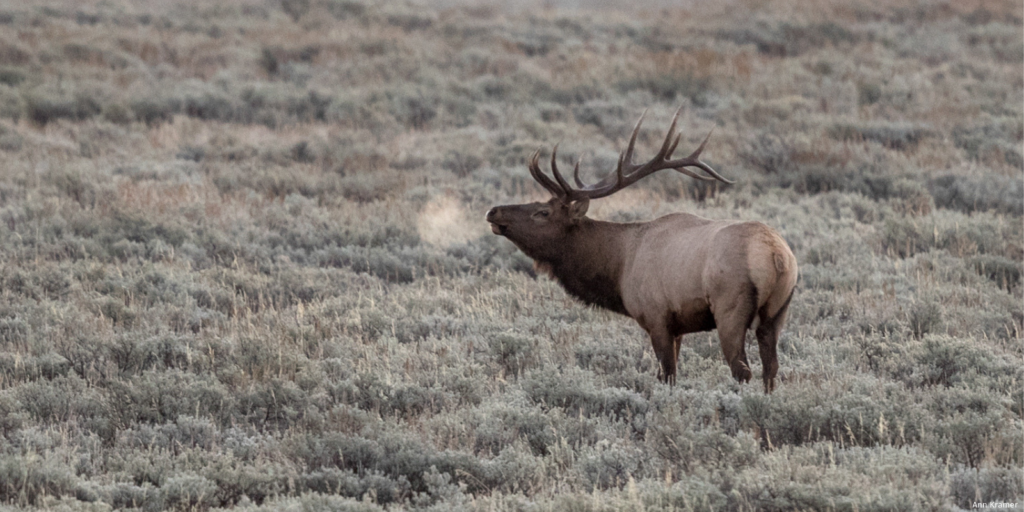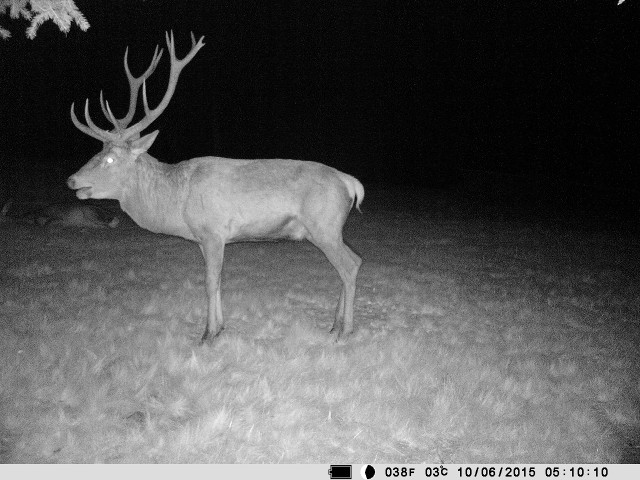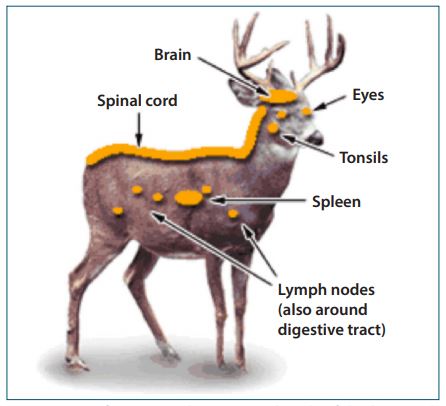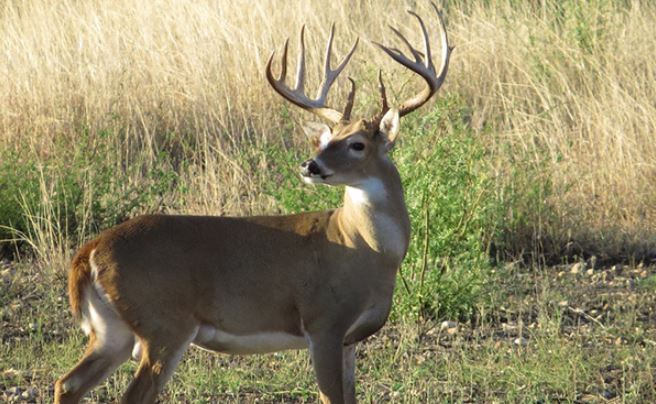Texas Dove Hunting Season Outlook
It’s hot outside but how about that Texas dove hunting action? Texans are used to scorching summers, but this year’s record highs across much of the state have left many dove hunters wondering about the upcoming season opener.
“Unless conditions change drastically over the next few weeks, hunting near water will be key for opening day this year,” said Owen Fitzsimmons, TPWD Dove Program Leader. “Hunters will likely see larger concentrations of birds at watering holes and food sources than they have in the past due to limited resources. Agriculture production has been hit hard by drought so birds may be more reliant on native foods this September. Look for stands of common sunflower, croton, and other native annual forbs and grasses.”
Dry, But Dove Season Good
Doves are well-adapted to dry conditions, particularly white-winged doves, which are a sub-tropical species. They may be the bread and butter of this Texas dove hunting season.
“Our spring surveys indicated a decrease in breeding abundance, which is a carry-over from poor hatch-year production last year,” added Fitzsimmons. “However, doves kick reproduction into high gear in dry years like this, and we’re seeing a lot of young birds this summer, based on our banding efforts.”
TPWD officials remind hunters to prepare for the extreme heat and make sure they are packing all the essentials for a day in the field. They should bring plenty of water to stay hydrated and take measures to stay cool in a shaded area. The same is true for canine hunting partners.
“If this extreme heat persists, think twice about bringing your dog out in the early season,” said Fitzsimmons. “Temperatures this high can be dangerous for dogs, particularly when they’re excited and running hard after birds. If you do bring them, try to limit the hunts to early mornings or late evenings.”
Texas Dove Hunting Season
The regular dove season in the North Zone runs Sept. 1-Nov. 13 and resumes Dec. 17-Jan.1, 2023. The regular season in the Central Zone is Sept. 1-Oct. 30, then resumes Dec. 17-Jan.15, 2023. The regular season in the South Zone is Sept. 14-Oct. 30 and Dec. 17-Jan. 22, 2023. For the second straight year, there will be six Special White-Winged Dove Days. The Special White-Winged Dove Days will be Sept. 2-4 and 9-11.
During the regular season in the South Zone, the aggregate bag limit is 15 with no more than two white-tipped doves. During the Special White-winged Dove Days in the South Zone, dove hunting is allowed only from noon to sunset and the daily bag limit is 15 birds, to include not more than two mourning doves and two white-tipped doves.
All updated hunting regulations for this year’s hunting season can be found in the Texas Outdoor Annual mobile app or online at OutdoorAnnual.com.
Texas Dove Hunting Licenses
Hunters are reminded that licenses are on sale now for the 2022-23 hunting seasons and can be purchased through the agency’s 28 law enforcement field offices, at more than 50 state parks and over 1,700 retailers across the state. Licenses may also be purchased online through the TPWD website or by phone at (800) 895-4248. Call center hours are Monday through Friday, 8 a.m. to 5 p.m. and there is a required $5 administrative fee for each phone or online transaction. The online transaction system is available 24/7.
Enhancements have been made to make the licensing process simpler and faster. “Expedited checkout” improves the process of purchasing the same license items bought most recently within the last three years. It’s also now easier to show proof-of-license. Now hunters can use a digital image of their license as proof-of-license for any hunting that doesn’t require a tag, like dove hunting. Accepted formats include: (1) a digital photo, (2) an emailed receipt, (3) within the Outdoor Annual app or the My Texas Hunt Harvest app, or 4) online purchase record.
For the first time, Texas residents can purchase a digital Super Combo license (Items 111, 117 and 990) that will authorize digital tagging of harvested deer, turkey and oversized red drum. The digital license option is available through online purchase only when licenses go on sale Aug. 15. A digital license holder will not receive a printed license or tags but must keep their digital license available while in the field. The license can be viewed through the TPWD Outdoor Annual and My Texas Hunt Harvest mobile apps.
In addition to a hunting license, anyone born after Sept. 1, 1971, must successfully complete a hunter education training course to hunt legally in Texas. The TPWD Hunter Education certification is valid for life and is honored in all other states and provinces. Hunters can find more information or print a replacement at no cost online.
A Migratory Game Bird Endorsement (Stamp) and Harvest Information Program (HIP) certification are also required to hunt dove. HIP certification involves a brief survey of previous year’s migratory bird hunting success and is conducted at the time licenses are purchased.
